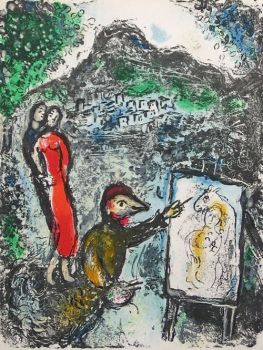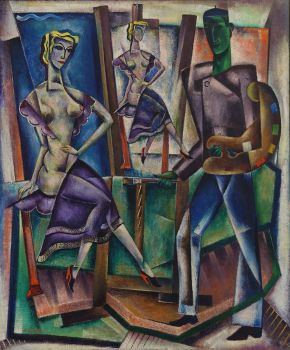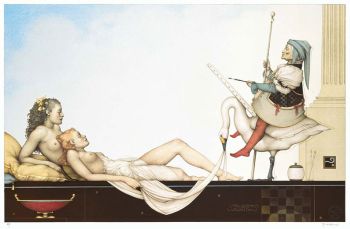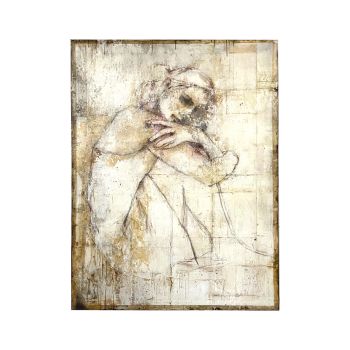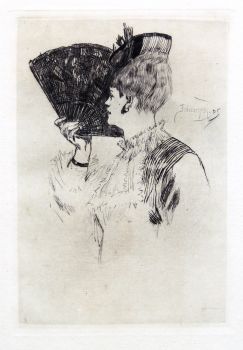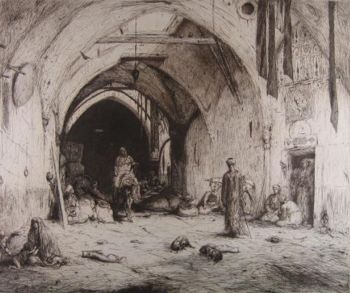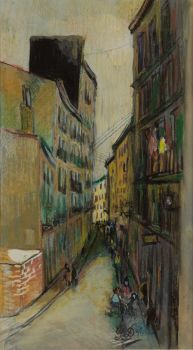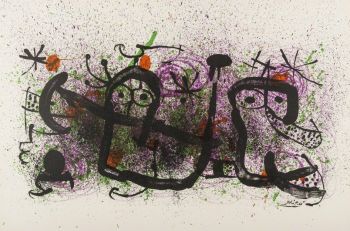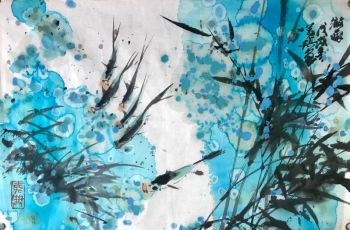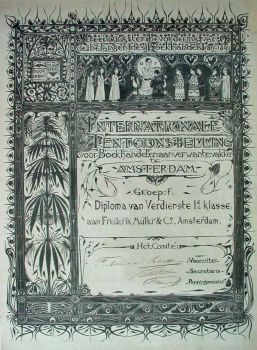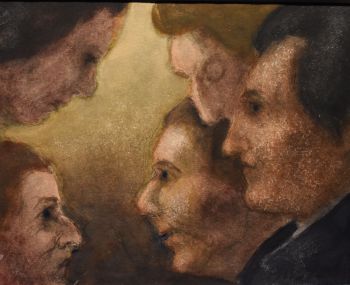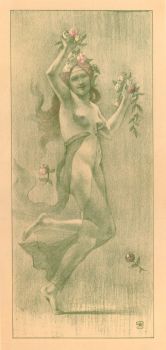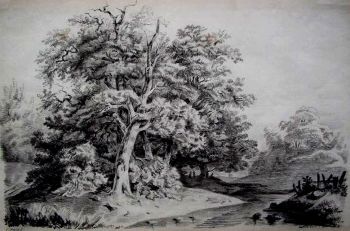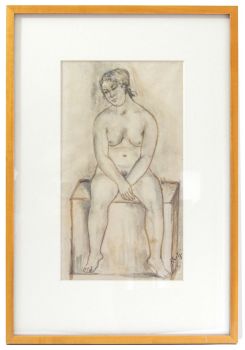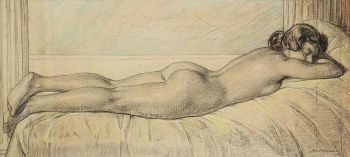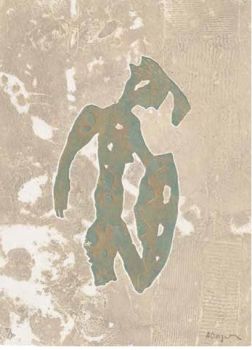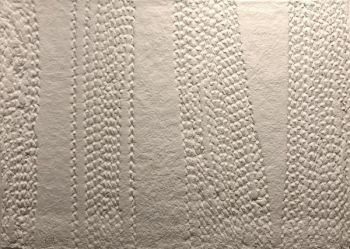Andy Warhol. Catalogue Raisonné. Paintings and Sculptures 1961-1963. Volume 1 2002
Andy Warhol
Papel
25 ⨯ 29 cm
Atualmente indisponível via Gallerease
Scriptum Art Books
- Sobre arteWARHOL - Frei, George & Thomas Printz; March 2002, (29 x 25 cm), 512 pp. English text, 696 colour ills., 131 b/w. ills., hardcover in carton slipcase.
Andy Warhol (1928-1987) is one of the most iconic figures of twentieth-century art, a highly enigmatic personality who not only altered the definition of art but also left in his wake a vast and staggeringly complex record of his daily activities. The Andy Warhol Catalogue Raisonné, the definitive record of the artist's paintings, sculptures and drawings, cover some 15,000 works produced by Warhol between 1948 and 1987. Also included is an incredible array of rarely published source material, including newspaper scraps and movie star publicity stills that inspired Warhol's boundlessly fascinating life and career. Andy Warhol Catalogue Raisonné was initiated in 1977 by Thomas Ammann. The editors Georg Frei and Neil Printz began primary research in 1993 and have been advised throughout the project by the distinguished curators and art historians Kynaston McShine and Robert Rosenblum. Experts from the Andy Warhol Foundation personally examined the vast majority of Warhol's works and began a thorough review of his archive, which at his death consisted of some 1,500 cardboard boxes, flat files, and trunks filled with source material, memorabilia, correspondence and junk mail. The editors examined works in museum conservation facilities and discussed them with conservators, submitted works for review by the Andy Warhol Art Authentication Board, and interviewed Warhol's assistants and colleagues to assemble a customized database of works unparalleled in Warhol scholarship. All of their findings are documented in this unprecendented project. Each annotated catalogue entry includes the works title, date, medium, dimensions and present owner, followed by a record of inscriptions, provenance, exhibitions and literature. Related works are linked by general introductory texts that explore historical circumstances, shared themes and studio practices. Supplementary figures to the texts illustrate source materials that Warhol appropriated for his works: newspaper articles and advertisements, soup cans and publicity stills, as well as related drawings, works by other artists, and studio and exhibition views. Volume 1 includes classic and much-prized Warhols such as the Campbell Soup paintings, images of the iconic figures of Marilyn, Liz and Elvis, and early self-portraits. - Sobre artista
Andy Warhol nasceu Andrew Warhola em 6 de agosto de 1928, em Pittsburgh. Ele recebeu seu B.F.A. do Carnegie Institute of Technology, Pittsburgh, em 1949. Nesse mesmo ano, mudou-se para Nova York, onde logo se tornou um artista comercial e ilustrador. Durante a década de 1950, os desenhos de Warhol foram publicados na Glamour e outras revistas e exibidos em lojas de departamento. Ele ficou conhecido por suas ilustrações dos sapatos I. Miller. Em 1952, a Hugo Gallery de Nova York apresentou uma mostra de ilustrações de Warhol para os escritos de Truman Capote. Ele viajou pela Europa e pela Ásia em 1956. No início dos anos 1960, Warhol começou a pintar personagens de histórias em quadrinhos e imagens derivadas de anúncios; este trabalho caracterizou-se pela repetição de temas banais como garrafas de Coca-Cola e latas de sopa. Ele também pintou celebridades na época. A nova pintura de Warhol foi exposta pela primeira vez em 1962, inicialmente na Ferus Gallery, em Los Angeles, depois em uma exposição individual na Stable Gallery, em Nova York. Em 1963, ele substituiu o processo de serigrafia pela pintura à mão. Trabalhando com assistentes, ele produziu uma série de desastres, flores, vacas e retratos, bem como caixas de Brillo fac-símile tridimensionais e caixas de outros produtos domésticos bem conhecidos. A partir de meados da década de 1960, em The Factory, seu estúdio em Nova York, Warhol se concentrou em fazer filmes marcados pela repetição e pela ênfase no tédio. No início dos anos 1970, ele começou a pintar novamente, retornando à pincelada gestual, e produziu retratos monumentais de Mao Tse-tung, retratos encomendados e a série Hammer and Sickle. Ele também se interessou por escrever: sua autobiografia, The Philosophy of Andy Warhol (de A a B e de volta), foi publicada em 1975, e The Factory publicou a revista Interview. Uma grande retrospectiva da obra de Warhol organizada pelo Pasadena Art Museum em 1970 viajou pelos Estados Unidos e pelo exterior. Warhol morreu em 22 de fevereiro de 1987, em Nova York.
Você está interessado em comprar esta obra de arte?
Artwork details
Related artworks
- 1 - 1 / 1
Yoko Ono
YOKO ONO: "ARISING" SIGNED BOOK PLUS SMALL ARTWORK 2010 - 2014
Preço em pedidoGallerease Selected
Yoko Ono
YOKO ONO: "ARISING" SIGNED BOOK PLUS SMALL ARTWORK 2010 - 2014
Preço em pedidoGallerease Selected
Engelbert Kaempfer
LIVRO ENGELBERT KAEMPFER1651 - 1716
Preço em pedidoZebregs & Röell - Fine Art - Antiques
LAWRENCE WEINER
"SKIMMING THE WATER [MENAGE A QUATRE]" Signed book plus small artwork2010 - 2014
Preço em pedidoGallerease Selected
1 - 4 / 22- 1 - 4 / 7
Gerrit Willem Dijsselhof
Certificate of the Association of Booksellers1886 - 1924
Preço em pedidoKunsthandel Pygmalion
1 - 4 / 24

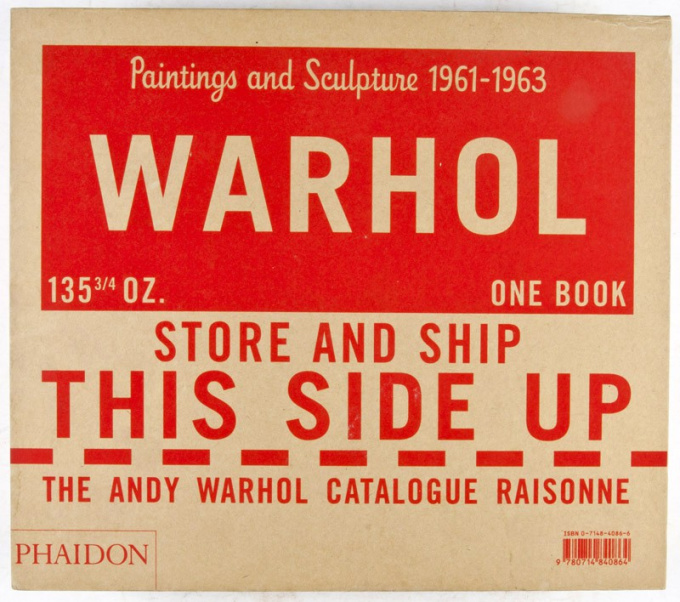
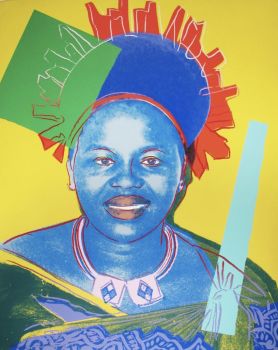














!["SKIMMING THE WATER [MENAGE A QUATRE]" Signed book plus small artwork by LAWRENCE WEINER](https://media-2.gallerease.com/images/442bfd5f-fc31-4e18-a2fa-ee0c08eade64/350x350/skimming-the-water-menage-a-quatre-signed-book-plus-small-artwork.jpg)


